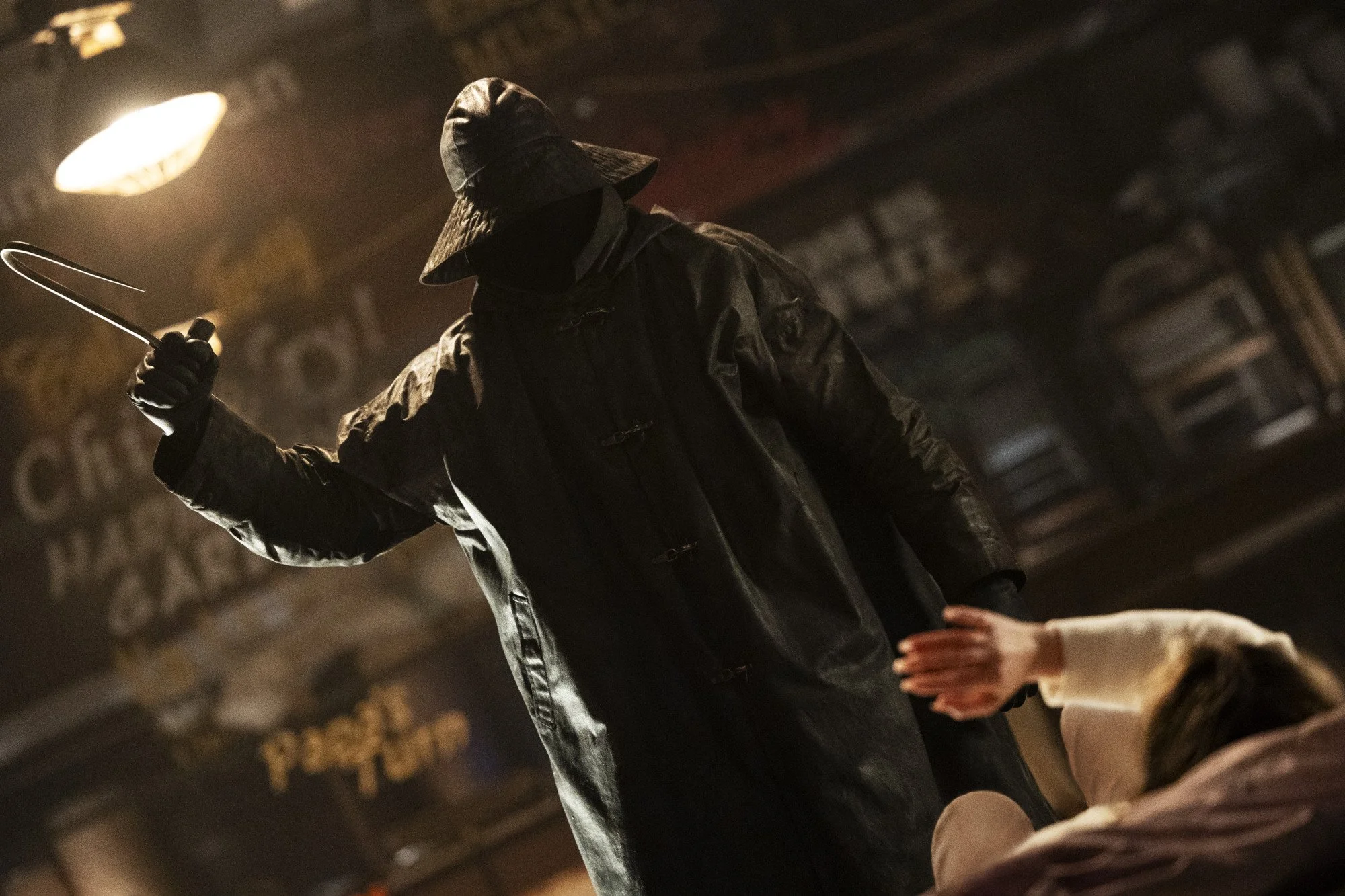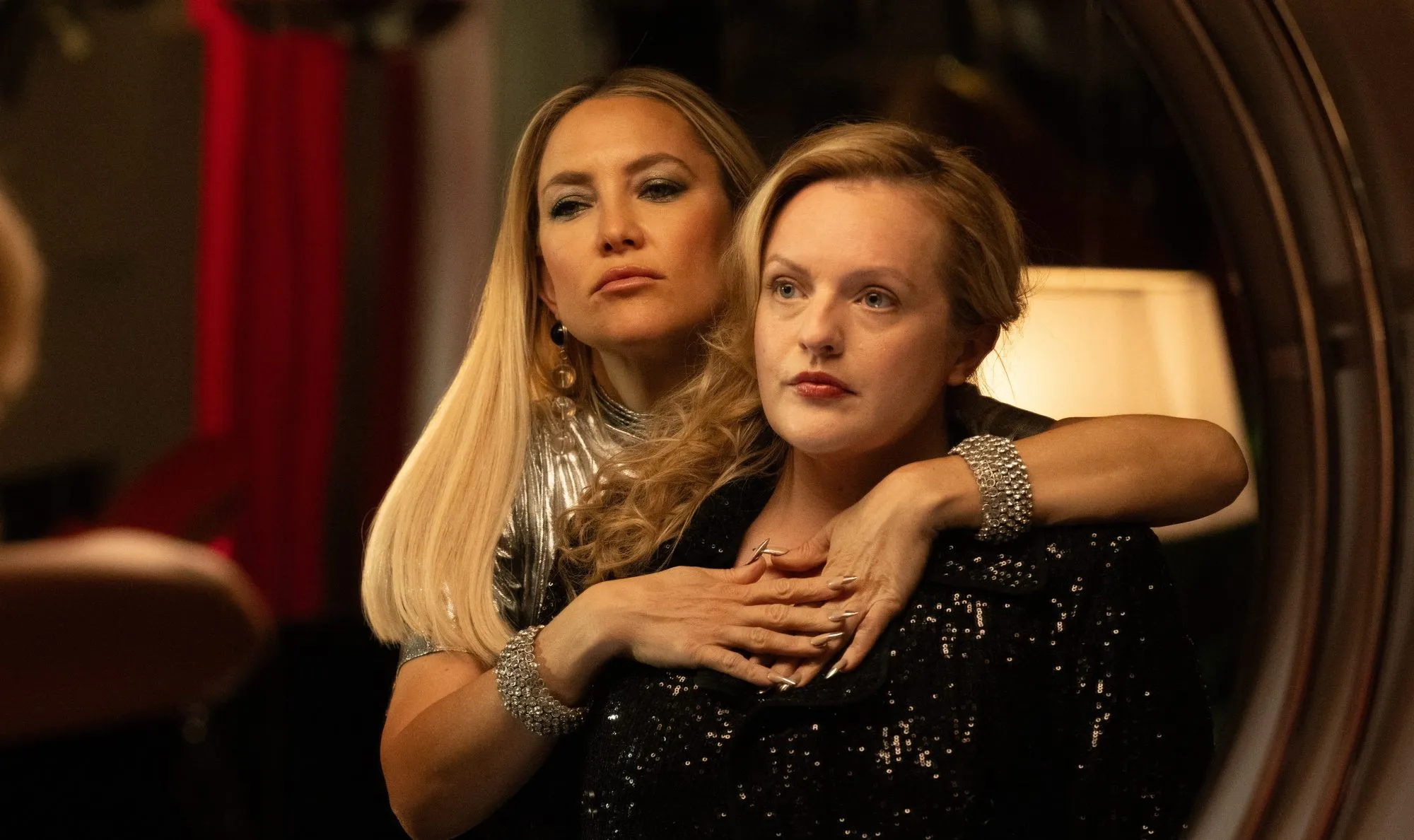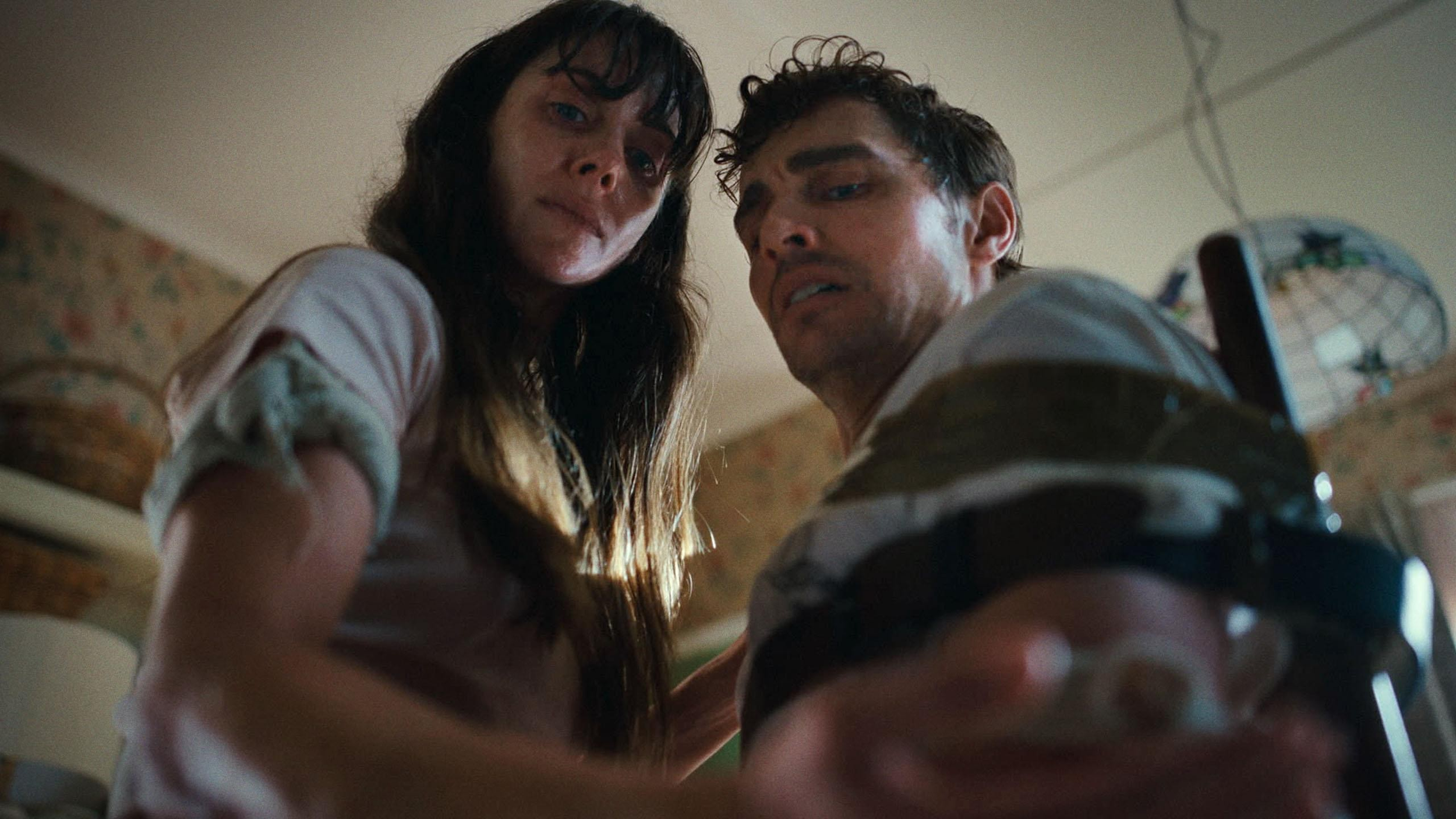I Know What You Did Last Summer Review
I Know What You Did Last Summer reemerges in 2025 with a slick, brutal new chapter that feels both reverent and unrestrained. Directed with a bold visual identity and anchored by a cast that leans into every scream, joke, and reveal, it delivers what a great slasher should: thrills, wit, and a genuine sense of momentum.
Where many horror revivals hesitate—torn between tribute and reinvention—this one charges ahead with purpose. It’s alive, aggressive, and fully committed to the ride, no matter how bloody it gets.
A Visual Upgrade
From its first sequence, the film makes its style known. The camera work is fluid but never distracting—it tracks movement with purpose, creating a sense of momentum that carries through even the quieter moments. Color grading leans warm and sun-drenched by day, cool and unsettling by night, giving Southport an eerie duality.
The cinematography is also striking across the board. Wide shots isolate characters, tight angles corner them. There’s thought behind every frame, and it gives the movie a cinematic weight that elevates it beyond standard slasher fare. Even the blood—and there’s a lot of it—feels intentionally placed, never indulgent. The film is violent, yes, but it’s also stylish in its execution.
An Iconic New Character
Among the standout performances, one character in particular steals the show—yes, we’re talking about Danica (played to perfection by Madelyn Cline). She’s fast-talking, quick-thinking, and just unhinged enough to be captivating. There’s a general resilience in her (through the horrors, fiancés, and friendships), but there’s also a striking layer of wit. Not the overly meta kind that purely winks at the audience, but something more grounded: humor as a defense mechanism, charm as a survival instinct.
Danica (and Cline) brings the kind of camp energy that the genre thrives on—smart, self-aware, and deeply watchable—while still grounding the film in real tension. Her presence consistently helps balance the tone, keeping the horror sharp but letting it breathe when necessary. Plus, that time she runs away with the killer’s hook? Iconic.
A Killer Who Means It—and a Twist That Sticks
The Fisherman is no longer a quirky ‘90s legend. In this version, he’s more of an evolved force. He moves with intent, hits harder, and the brutality is palpable. These aren’t clean kills—they’re vicious, grounded, and terrifying. There’s weight behind every hit (or even his performative nature), and the choreography feels more physical than in past installments. If the original masked killer was a ghost from the past, this one is something far more present—a walking consequence.
And the twist? It actually lands. Rather than rely on a last-minute fake-out, the film builds toward a reveal that feels both classic and completely new. It has all the markings of a vintage slasher ending—shocking, emotional, slightly deranged—but what makes it work is that it’s rooted in character. It doesn’t just upend expectations for shock value. It reframes what we’ve seen in past films, with a logic that actually holds.
For a franchise rooted in secrets, this twist feels like the right kind of secret finally surfacing—ugly, earned, and totally effective.
Strong Legacy Components
It’s no easy task to bring legacy characters back without feeling like you’re checking a box. But here, their inclusion feels thoughtful. There’s a purpose to every callback, and the emotional throughline from past to present isn’t just limited to fan service—it gives the story a deeper rhythm. Their presence helps ground the stakes without ever taking focus away from the newer generation.
The real success lies in how the film manages both timelines. It doesn’t shove the past aside to clear a path forward. Instead, it weaves them together. The new characters don’t feel like replacements—they feel like generational continuations. And that emotional overlap is what gives the movie worthwhile legacy storylines.
Well-Rounded: Campy, Horrific, and Wildly Watchable
Above all, the movie understands something a lot of modern horror forgets: how to be fun. It’s extreme in the best way—over-the-top, unpredictable, and built for a crowd. The tone never feels confused, even as it shifts between heartbreak, suspense, and sudden hilarity. There’s a confidence to it that lets every big swing land just right.
The cast is key to that balance. Performances range from deeply emotional to completely eccentric—sometimes within the same scene—and that tonal agility makes it hard to look away. Chase Sui Wonders brings emotional texture, Tyriq Withers nails the panic-with-a-smile energy, and Sarah Pidgeon’s delivery hits every time. Each role feels lived in, never one-dimensional, which only makes the stakes feel higher when things start to unravel.
The horror is generally serious. The tension is tangible. But the movie also wants you to enjoy yourself—and it gives you every reason to.
Score: 8.5/10
Stylish, savage, and wildly fun, the latest entry of the I Know What You Did Last Summer franchise is everything a legacy horror film should be.







